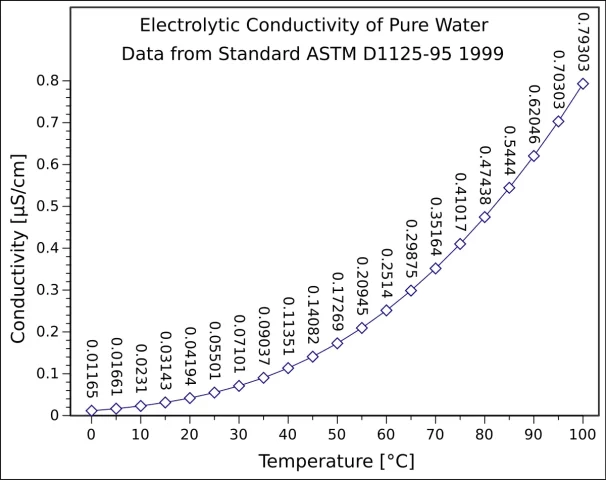Chem Film/Alodine Finish: All About Chromate Conversion Coatings

How Does Alodine Coating Work? 1. Cleaning: 2. Immersion: 3. Rinse: 4. Drying: Alodine (chromate conversion coating) vs painting and anodizing Standards and Regulations MIL-DTL-5541 Type I: MIL-DTL-5541 Type II: AMS-2473: AMS-2477: ISO8081: Rohs: Benefits of utilizing Alodine 1. Excellent…
